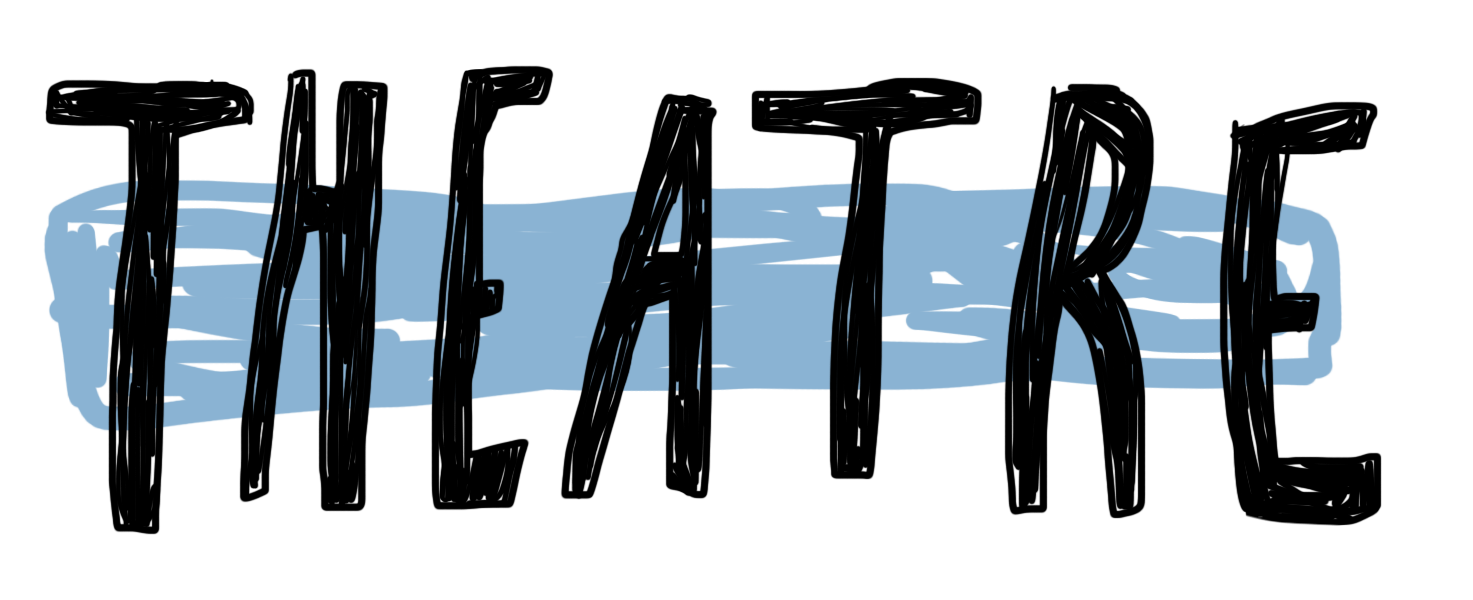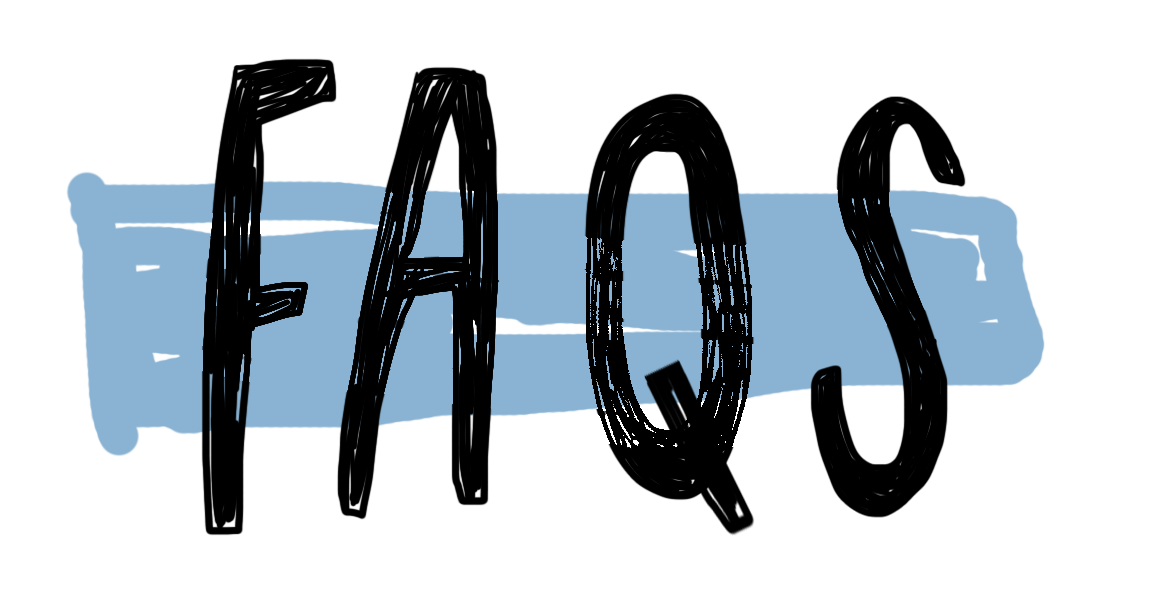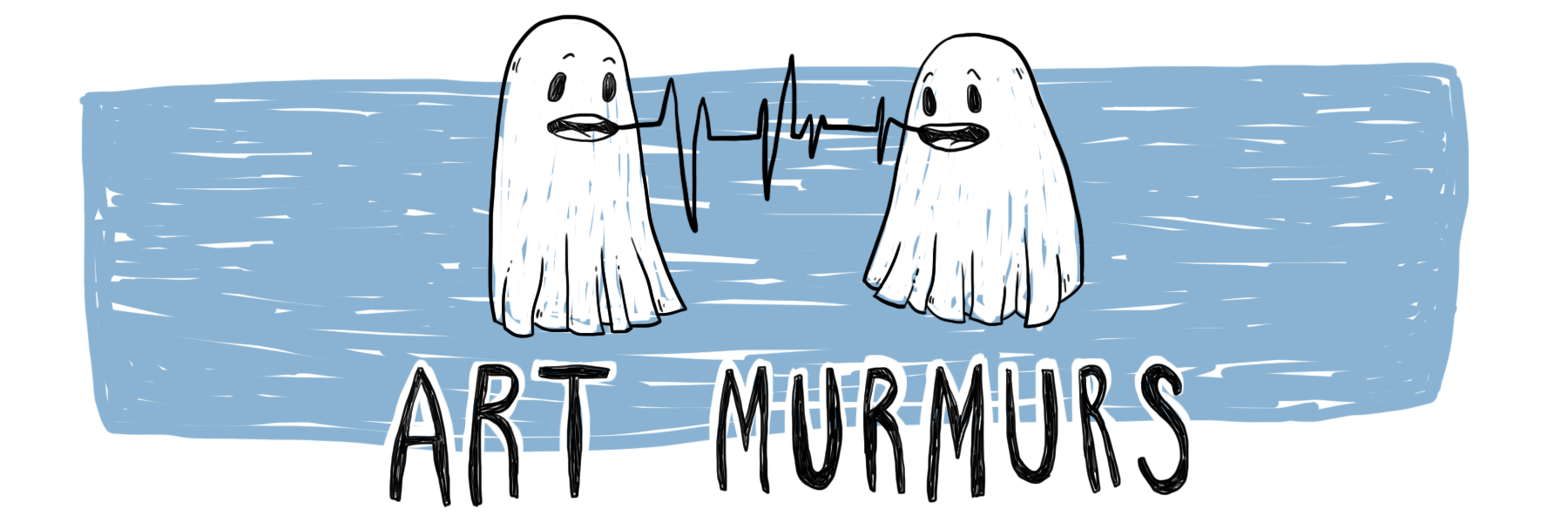Jenny Nimon
When the show begins though, I feel a bit whiplashed. It’s structured with short scenes (typically about the struggles of finding work and getting paid) that are intercut with physical theatre or dance sequences. The various segments trip over each other a bit, and what we’re left with is a kind of chaotic blur. It’s hard to keep up, and I have to keep reorientating myself in the narrative. The movement doesn’t quite hit the mark for me, as the performers have varying levels of dance skill and the choreo lacks polish. But even putting the level of polish aside, I find some of the physical decisions a bit odd. There’s a 30-second segment in which performer Haydn Carter just punches air, which is a bit jarring and feels out of place. However, later in the show, there is a dance lesson scene where the instructor says of the others’ dancing that ‘it is good dance for a toddler’, and that meta moment is funny and has me forgiving some of the clumsiness (it also leads to a significant scene about the treatment of students).
Through the show, the performers explore some important and relatable topics. Artists are regularly overworked but underpaid and undervalued. Exposure doesn’t pay the bills, and some institutions still have a toxic culture of ‘breaking artists down to build them back up’ – something that is especially topical after that tell-all article about Toi Whakaari dropped at the end of last year. Performer Luke Burke steals the show with his incredible monologue about being typecast as a male Māori actor. It’s beautifully performed, and it asks the sector some necessary questions. Why is it always the urban stereotype of ‘ghost chips’ and ‘Michael Jackson dance moves’? Why can’t Māori actors play diverse Māori characters? Arts industries have a talent for hiding behind a curtain of wokeness, but there are still so many biases that are yet to be shifted.
Now Face the World might not be the tidiest piece of theatre, but it feels very Fringe and says some very important things.
Now Face the World is showing at Meanwhile Gallery at 8pm until Thursday, 3 March to a sold-out season. For more information about the show, visit the Fringe website.






